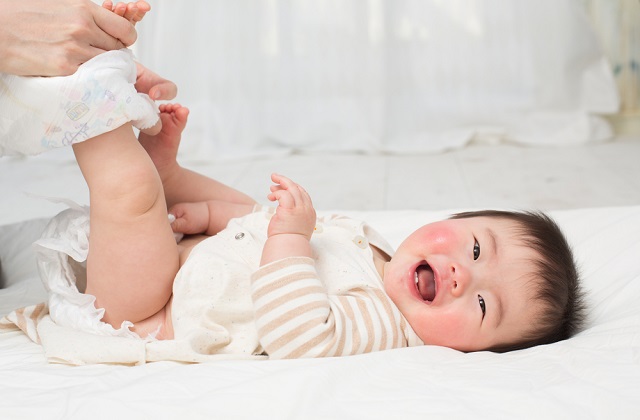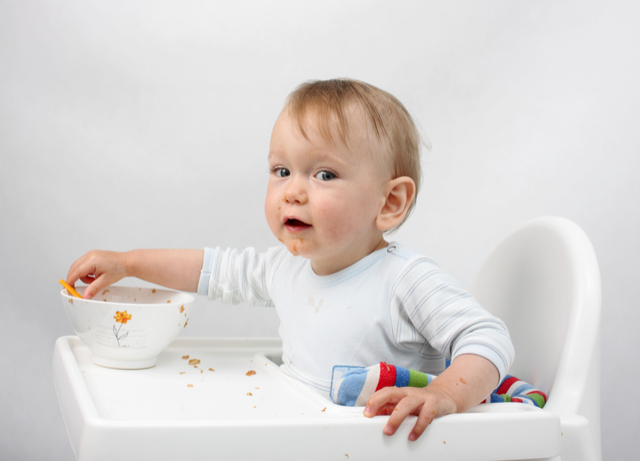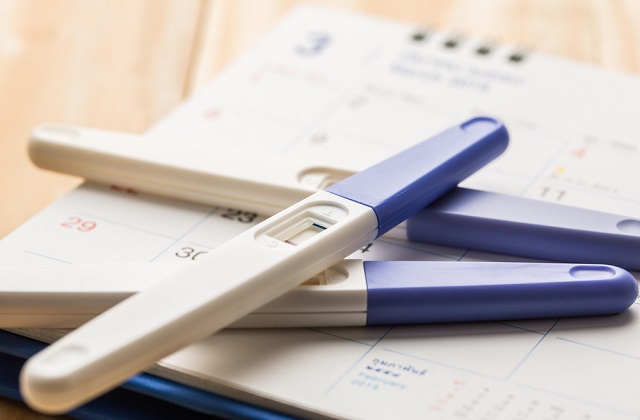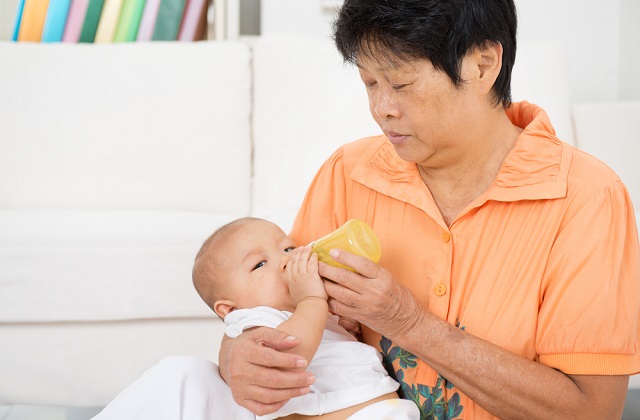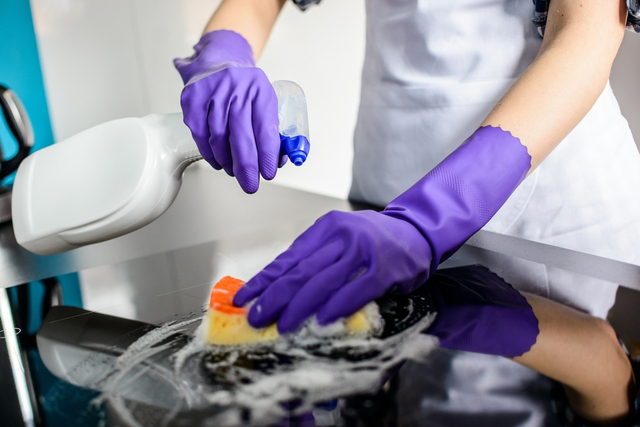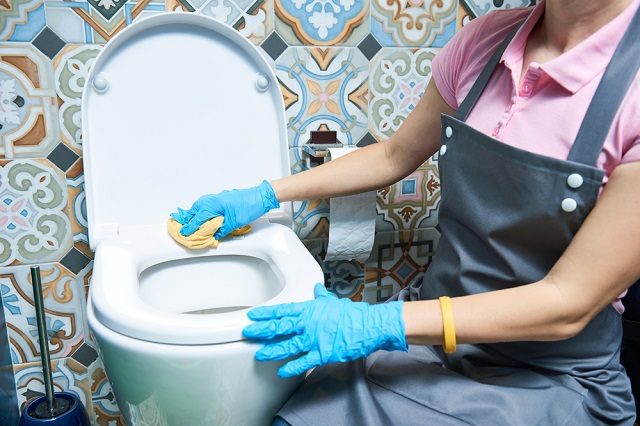Diaper Rash: Causes, Treatment and Prevention
Diaper rash is a common form of inflamed skin affecting almost all babies. It appears as a patch of bright red skin on baby’s bottom or red scales in the genital area.
Diaper rashes grow in warm, wet places and it is related to infrequently changed diapers, and skin sensitivity.
Diaper rash annoys babies, but it usually clears up with simple home treatments, such as air drying, more frequent diaper changes and application of diaper rash cream or ointment.
What causes diaper rash?
Several sources can irritate your baby’s skin and cause diaper rash.
Irritation from stool
A baby's skin can get irritated when the poop rubs against the skin repeatedly. Your baby is more likely to develop diaper rash if she or he is experiencing frequent bowel movement or diarrhea.
Irritation from urine
Urine changes the skin's pH levels which enable the bacteria and fungi to grow more easily, causing a rash.
Chafing or rubbing
Tightfitting diapers or clothing that rubs against the skin can lead to a rash.
Poor air circulation
The substances that stop diapers from leaking urine can also prevent air circulation, creating a warm, moist environment where bacteria and fungi can thrive, causing a rash.
Irritation from a new product
When you switch baby wet to a new brand, your baby's skin may not be comfortable with it and may develop diaper rash as a result. This can also happen when you change the brand of baby diaper, baby lotion, powders, and oil.
Bacterial or yeast infection
Yeast can be present on the skin and in other parts of the body with no symptoms at all. However, when it overgrows, it can cause an infection. The area covered by a diaper — buttocks, thighs, and genitals is perfect breeding sites for bacteria and yeast as it is warm and moist.
It is estimated that about 15%-50% of diaper rash is due to yeast infection.
Introduction of new foods
As babies start to eat solid foods, the content of their stool changes. This increases the likelihood of diaper rash. Changes in your baby's diet can also change the frequency of stools, which can lead to diaper rash.
Use of antibiotics
One side effect of using antibiotics is that it also kills friendly bacteria called flora that lived in the baby’s intestine These friendly bacteria normally regulate the consistency of the stools and help with digestion. Eliminating these bacteria from the intestine can cause the stools to become loose, watery, and more frequent. The loose, watery stool may irritate the skin and trigger diaper rash
Furthermore, the absence of flora allows yeasts to overgrow. This yeasts come out in the stool and cause diaper rash.
It should be noted also that breastfed babies whose mothers take antibiotics are also at increased risk of diaper rash.
How Is diaper rash treated?
Diaper rash usually goes away within 2 to 3 days with proper home care, but it may come back repeatedly.
The best treatment for diaper rash is to keep your baby's skin as clean and dry as possible.
If situations allow, you may let your baby go without diapers for several hours each day to give irritated skin a chance to freely breathe.
Diaper rash creams and ointments
These products aim to soothe a baby's sore skin or create a protective barrier or both. They should be smeared on thickly at each diaper change.
They can be found in the pharmacy, personal care store or even supermarket.
Diaper switches
Some diaper may be softer or allow better air circulation than other brands.
How can I prevent diaper rash?
To prevent diaper rash, you should keep your baby's skin as dry and clean as possible and change diapers often so that poop and pee don't irritate the skin.
Following tips may be useful in helping you in preventing diaper rash in your baby.
- Wash your hands before and after every diaper change.
- Check your baby's diaper often, and change it as soon as it becomes wet or soiled.
- Occasionally soak your baby's bottom between diaper changes with warm water. Pat the skin gently with a soft cloth when drying it — rubbing can irritate the skin.
- Let your baby's skin dry completely before you put on another diaper.
- Put the diaper on loosely to prevent chafing.
- Applying diaper cream or ointment with each diaper change can help some babies with sensitive skin. It should be noted that not all babies will need this.
When should I call the doctor?
- The rash gets worse or doesn't respond to treatment in 2 or 3 days.
- Your baby has a fever or seems sluggish.
- You see yellow, fluid-filled bumps (pustules) and honey-colored crusty areas. This might be a bacterial infection that requires antibiotics.
- .Redness in the folds of the baby's skin
- Rash spreads beyond the diaper area to the arms or face.
- Open sores raised red bumps or blisters in the diaper area.
- The skin is oozing or bleeding.
It takes a village to raise a child !
Join our WhatsApp Parenting Chat Groups By Area in Singapore.

